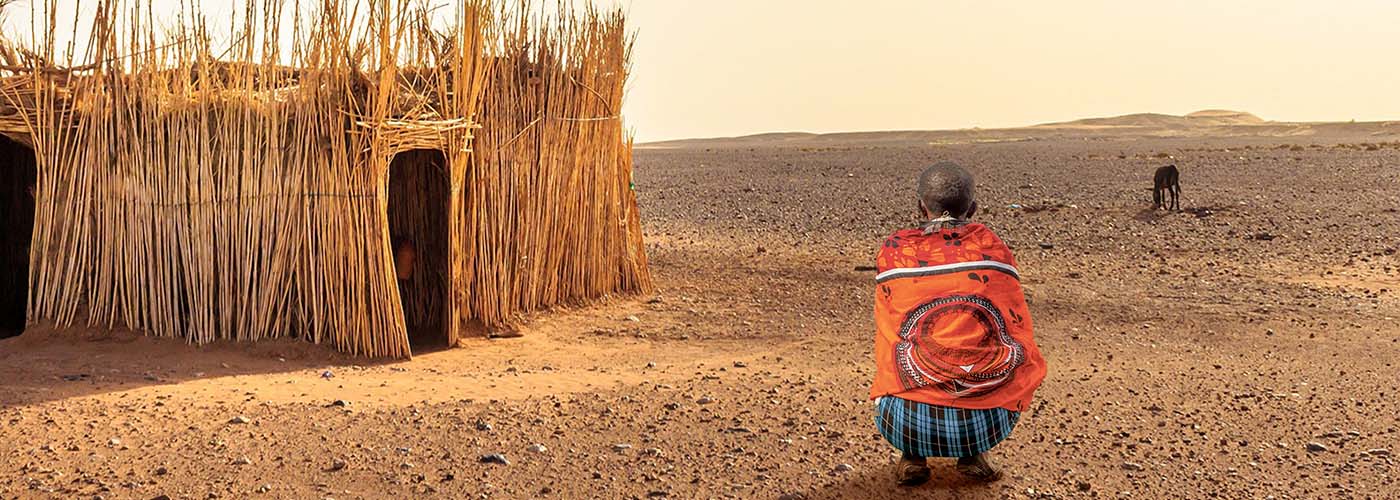The Horn of Africa is being hit by the worst drought in four decades, putting up to 20 million people at risk of famine, according to the UN. Consecutive seasons of below-average rains are severely impacting food security in areas already beset by multiple other challenges. By now it should be more than obvious that we must speed up our efforts to combat one of the prime causes of the impending famine: climate change.
But Hivos believes that the climate crisis is more than a purely environmental issue; it is also a political, social and ethical issue. One where locally-led climate solutions can be instrumental in creating the transformational changes necessary to turn the tide.
In keeping with this, we would like to highlight three initiatives in Kenya that aim to raise awareness about how to combat the climate crisis with practical solutions. They are having a visible and positive impact on both the landscape and social interaction in local communities.


